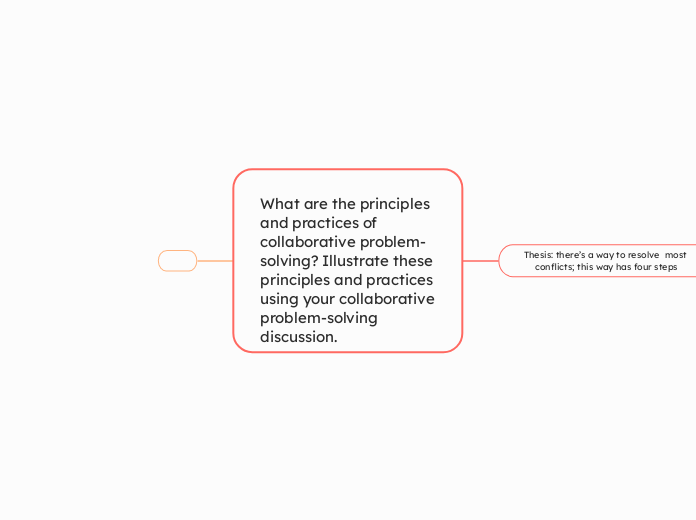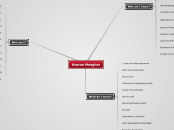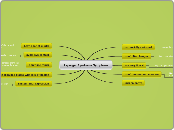por Seyni Fauconier hace 12 meses
116
What are the principles and practices of collaborative problem-solving? Illustrate these principles and practices using your collaborative problem-solving discussion.
Collaborative problem-solving involves recognizing and connecting with the humanity of others, which fosters empathy and understanding. One should ask the other party to explain their needs and interests concerning the problem and listen empathetically without interruption.









